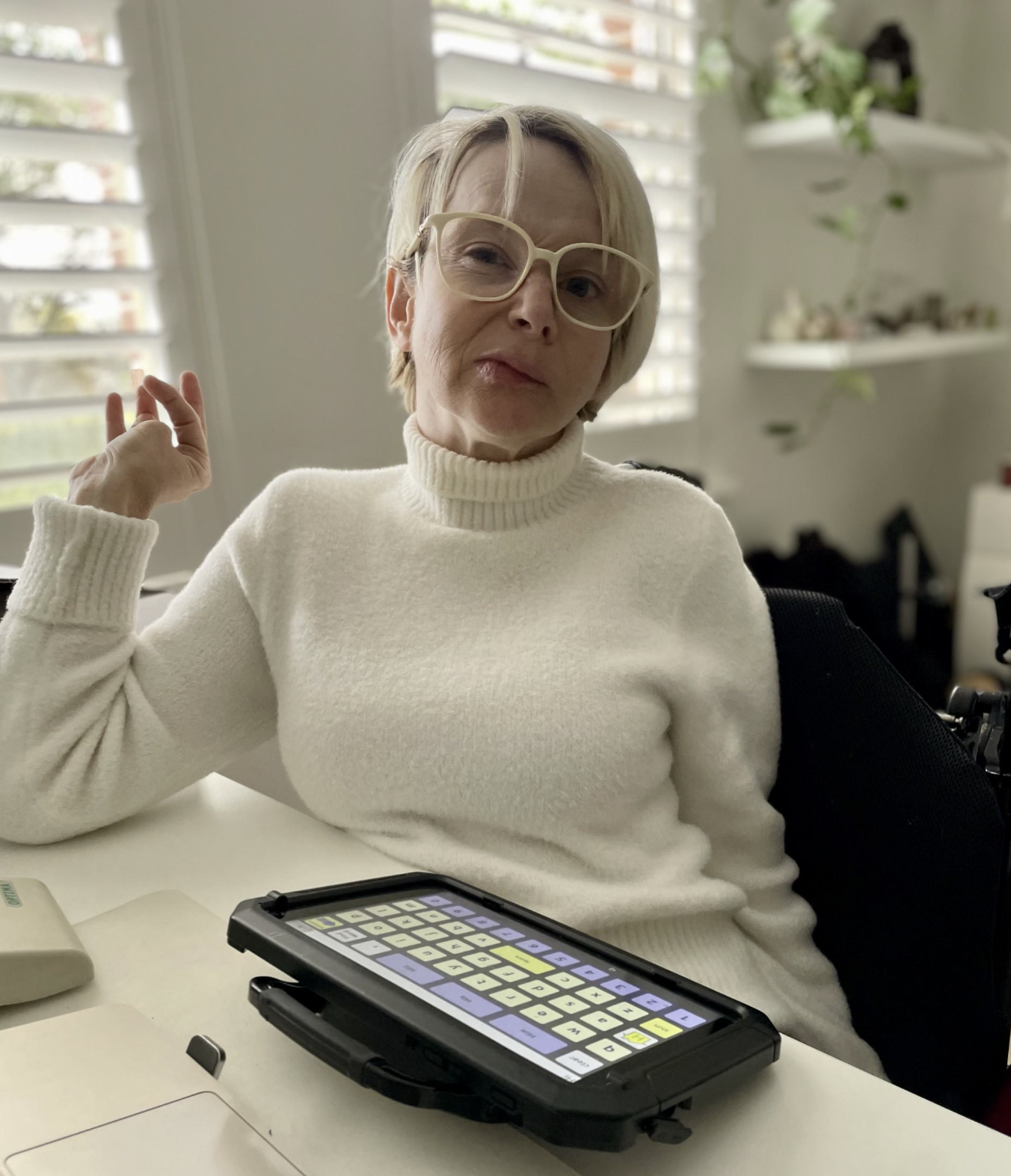2 April 2025
By Fiona Bridger – Achieve Australia Researcher and Writer
Education should be a right, not a privilege. However, for many students with disabilities, the traditional education system feels like trying to solve a jigsaw puzzle with a blindfold. It is frustrating, unnecessary, and sometimes just plain unfair.
The good news is that accessibility in education is on the rise, thanks to innovative tools and inclusive techniques that can make learning more accessible and user friendly for everyone.
Accessibility ensures that every student has an equal opportunity to learn. It’s not just about legal requirements like the Disability Discrimination Act (DDA) or the Australian Disability Standards for Education, it’s about creating classrooms where students don’t need a court case or a miracle to achieve.
One of the biggest game-changers in accessibility is assistive technology, for students with learning challenges. Screen readers, speech-to-text software such as Dragon Naturally Speaking allow students to dictate their work, making essay writing less dependent on typing speed. Closed captions and transcripts ensure videos are accessible, not just because they help students understand content but also because they are required under Australian digital accessibility laws given by the DDA https://www.legislation.gov.au/C2004A04426/2018-04-12/text.
Alternative input devices like adaptive keyboards, eye-tracking devices, and switch-access tools assist students who can’t use standard keyboards and mice. Meanwhile, text-to-speech software like Read&Write or Kurzweil 3000 converts text into spoken words, making reading feel less like deciphering secret code.
Universal Design for Learning (UDL) keeps things flexible and accessible for all students right from the start, making lessons inclusive. The principles of UDL revolve around 3 key areas.
-
Multiple means of representation ensure information is presented in different ways, whether through text, audio, video, or even dance.
-
Various means of engagement keep students interested, using gamification, hands-on activities, and peer discussions instead of boring lectures.
-
A range of actions and expressions allow students to demonstrate their knowledge in a way that works best for them, whether through essays, videos, presentations, or books and podcasts.
Technology has played a large role in my life, beginning with my AAC talking device, which has been part of my life as far as I can possibly remember. Also, all my support workers are in love with this device as it allows all of us to have a normal conversation without second guessing. I also very frequently use “Co-writer” in my everyday writing career. It’s been my life saver and a big-time saver too. I have started using the “Eye glaze” which is proving to be little challenging for, me but I am doing my best to learn it’s utilities as fast as I can.
Quality of teaching
Technology is great, but so is good teaching. Educators can improve accessibility by implementing a few simple techniques.
Flexible learning materials, such as audiobooks, large-print text, and digital versions, allow students to engage in a way that suits them best.
Clear and simple communication is important, as overly complex instructions can be confusing.
Scaffolded learning, which breaks complex topics into manageable steps, ensures students aren’t overwhelmed with too much information.
Extra time and modified assessments are also key, as not everyone can write an essay, for example, in 30 minutes. NAPLAN adjustments for students with disabilities are a great example of this.
Inclusive classroom design, which includes wide aisles, quiet spaces, and accessible seating, ensures classrooms aren’t obstacle courses.
Mandatory accessibility training is essential because “I didn’t know” isn’t a valid excuse when it comes to inclusion.
Digital learning platforms like Moodle, widely used in Australian universities, should be more of a welcoming digital space and less of a black hole.
Funding for assistive technology should be a priority, as schools must invest in tools that help rather than treating accessibility as an option.
Educators can’t do this alone. Institutions and policymakers need to assist.
The National Disability Insurance Scheme (NDIS) provides funding for some students, but schools also need to step up. Every institution should also have a dedicated disability support team to ensure students with disabilities aren’t left to fend for themselves. Universities like UNSW and Monash already have strong disability support programs, and others should follow suit.
Technology keeps evolving and education is becoming more accessible. AI-powered captions, virtual reality learning, and brain-computer interfaces make learning more inclusive.
The future isn’t just about accommodating disabilities, it’s about building education systems that work for everyone from the start.
Accessibility in education isn’t a luxury, it’s a necessity. With the right tools, techniques, and mindset, we can create classrooms that support every learner. When education is accessible, everyone wins, and no one must feel like they’re stuck doing a jigsaw puzzle with a blindfold.
Explore more topics
- Accessibility
- inclusion
- Achieve Australia
- disability
- belonging
- Community
- Employment
- The Sewing Basket
- disability employment
- Accessible
- Advocacy
- Celebrating people we support
- My Life My Say
- NDIS
- 2022
- Meet our Achievers
- blog
- people with disability
- travel
- women with disability
- Art
- Australia
- COVID-19
- Disability services
- Good nutrition
- Guildford
- Health tips
- Mental wellbeing
- NDS
- Sharing milestones
- Sydney
- achievable
- assistance dogs
- depression
- disability communications
- disability inclusion
- election
- employee of the year
- intellectual disability
- motherhood
- pregnancy
- social inclusion
- support workers

